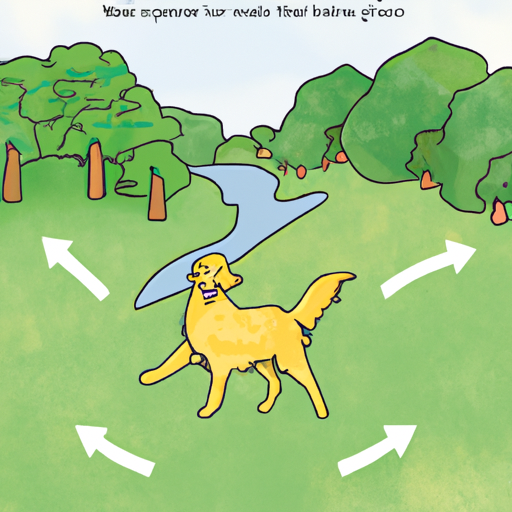Understanding The Tail Wagging Behavior
You might have noticed how your furry friend greets you with a wagging tail when you return home. It’s not just a random movement but an integral part of their communication system. Dogs use their tails to express a range of emotions, from happiness to fear, and even aggression.
The wagging tail is typically perceived as a sign of happiness, but as a caregiver, it’s essential to understand the nuances of this behavior. So, let’s delve deeper into the world of canine communication!
The Science Behind The Wag
Though it appears simple, the process behind the wagging involves some intricate mechanics. Tail movements are controlled by a series of muscles that contract and relax, facilitating a wag.
These movements are influenced by the dog’s emotional state which is controlled by their central nervous system. A happy dog releases a specific set of chemicals in their brain, prompting the muscles to move the tail in a particular way.
Decoding The Wag
Interpreting the wag can be complex, as it involves more than just the speed and direction of the wag. A few key aspects are:
-
Tail Height: A high tail usually indicates excitement and confidence, while a low one may suggest fear or submission.
-
Wag Speed: A fast wag often indicates happiness or excitement, whereas a slow wag can mean uncertainty.
-
Direction of Wag: Studies suggest dogs wag their tail to the right when they’re happy and to the left when they’re scared or anxious.
Tail Wagging and Other Body Language
Remember, tail wagging is not an isolated signal. It’s important to consider other body language cues too. Here’s a quick guide:
- Ears: Erect ears indicate alertness, while flat ears suggest fear or aggression.
- Body Posture: A relaxed body suggests contentment, while a tense body could indicate fear or aggression.
- Facial Expression: A relaxed face usually means a happy dog, while a wrinkled brow or exposed teeth could suggest fear or aggression.
How to Respond to Tail Wagging
As a caregiver, understanding your dog’s tail wagging is crucial for a harmonious relationship. Respond appropriately to your dog’s emotions. For example, if their tail is wagging to the right, it’s a good time to play or cuddle. If it’s wagging slowly or to the left, give them some space.
Frequently Asked Questions
Q: Do all dogs wag their tails when they’re happy?
A: While it’s common, not all dogs wag their tails when happy. Some may express joy through other body language cues.
Q: Can the tail wagging direction vary between dogs?
A: Yes, the direction can vary based on individual dogs and their specific behavioral patterns.
Q: Is tail wagging voluntary?
A: Mostly, it’s an involuntary response driven by the dog’s emotional state.
Take some time to observe and understand your furry friend’s tail wagging. It’s a fascinating part of their communication that can deepen your bond!



